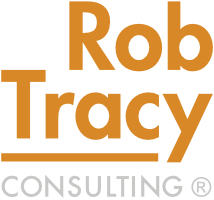If you’ve been following along with this Talent Systems blog series, you’ll know I offered a brief introduction of what Talent Systems are, and subsequently covered how to assess talent brand status, manage your talent pipeline strategy, and make sure your screening and hiring process is efficient.
Now we’ll move on to the next important step: the onboarding program.
Onboarding is the initial time that a new employee spends with a company. The timeframe starts on their first day of work and may extend to up to their entire first year.
In a robust and efficient factory, new employees will need to be fully capable when they enter the production environment. They will need to know both the work procedures and quality requirements. For most companies, this requires a more thorough onboarding program than what was used in the past.
Accounting for the Employee’s Needs
The onboarding program must also address the social and team aspects for the employee necessary for new hires to feel welcome and part of the whole team. This means that they will need support; existing employees will need to understand their role in helping new employees.
In the past, onboarding new employees meant simply using the “trial by fire” method. They were immediately thrown into the mix of things and, if they survived, they were considered tough enough to stay. I would consider it a borderline hazing ritual. Those days are long gone (thank goodness), and employers need to embrace the challenges faced by new employees and help them reach their full capabilities.
Assessing Your Onboarding Program
A simple way to analyze your current onboarding program is to review the number of people that have stayed with the company for more than one year after they were hired. If that number is low, it may be an indicator of an onboarding process that needs improvement. Other issues may be the cause of a fluctuating workforce, such as inadequate screening (e.g. hiring people who have a history of attendance issues), but onboarding often plays a role.
If you’re in need of a reassessment of your onboarding program, drop me a line and I’d be happy to help.
